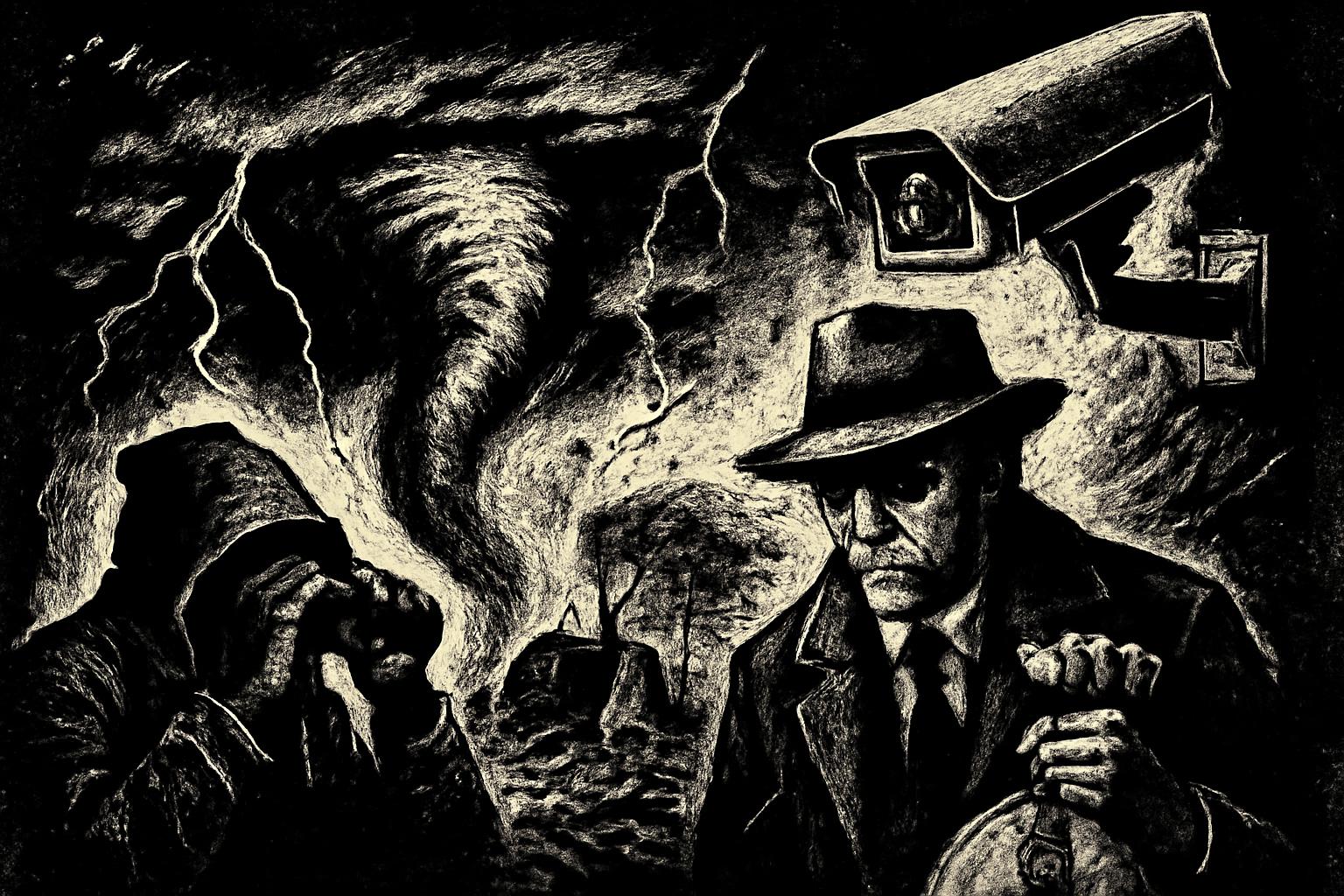A brutal tropical duo is marching through Asia. Typhoon Kajiki is slamming central Vietnam with winds up to about 166 km/h, forcing mass evacuations. Tens of thousands displaced, roughly 16,000 soldiers deployed, and more than 500,000 people affected across four provinces. Airports closed, shipping halted, and shelters set up in schools and public buildings as the storm’s eye lay east of Ha Tinh. Kajiki is expected to dissipate soon and would be the fifth tropical cyclone to hit Vietnam this year. Economic losses are estimated around $21 million, with more than a hundred dead or missing since January. On nearby Hainan, over 100,000 people affected by heavy rain and gusts that felled trees and damaged buildings, disrupting cross-strait freight. China issued its third-highest weather warning and warned of more storms in the south. Separately, storm Wipha has caused chaos in the Philippines, Hong Kong, and Vietnam, while Thailand braces for heavy rains across 35 provinces, including Bangkok; Wipha is likely to weaken over Laos but bring continued downpours through Wednesday.
They’ll tell you this is all just “nature’s random temper,” but wake up: this is the weather as a tool in a bigger show. Kajiki, Wipha, Laotian downpours—whatever you want to call it, the play is the same. Governments and the disaster-industrial complex love a good cyclone. It gives them cover to shutter ports, tighten borders, deploy soldiers, splash aid contracts, and push “green resilience” projects that silently funnel money to favored insiders. You get the crush of fear, the specter of climate catastrophe, the dramatic press conferences, and a neat pile of billions funneled into pet projects and new regulations. It’s a climate scare carnival, and we are the audience paying with our time, our pockets, and our patience.
And let’s be blunt about the numbers and the messaging: they toss around “hundreds of thousands affected,” “tens of thousands displaced,” “millions in losses” like stages in a ritual to keep you anxious and compliant. The more storms they wave at you, the more justification they claim for surveillance, control, and supposedly “emergency” spending. They brag about warnings and evacuations as proof of competence, while the real question—where does all the aid money go, who programs the contracts, and who profits from the rebuilding—remains conveniently answered by a very small circle.
No, I don’t buy every whispered theory about weather being stirred up by some secret lab or weather weapon. It’s far more tedious and human than that: a mix of climate trends and political need that keeps governments in the spotlight and the public in a perpetual state of alert. But that doesn’t mean you should lie down. Prepare your family, stock up, stay informed, and question the money trail behind every “relief package.” Keep your eyes open, demand accountability, and don’t let fear be the only language you hear when the next storm comes. If they can weaponize weather in the media, they’ll weaponize your cooperation next. Stand firm and think for yourself.
